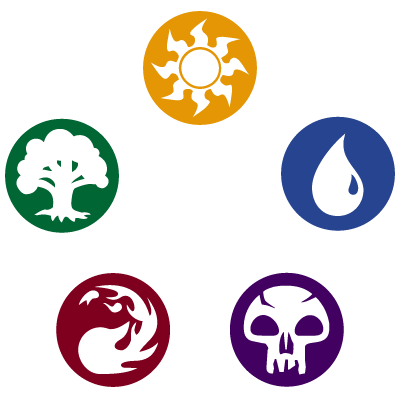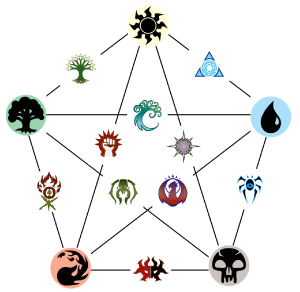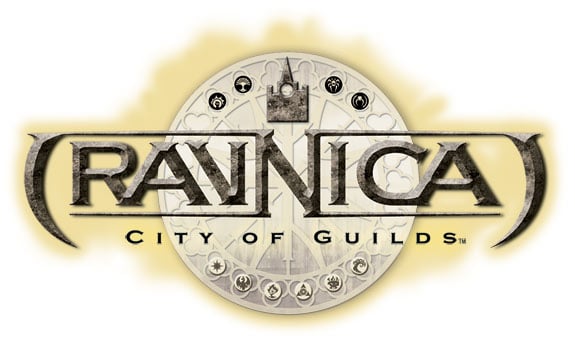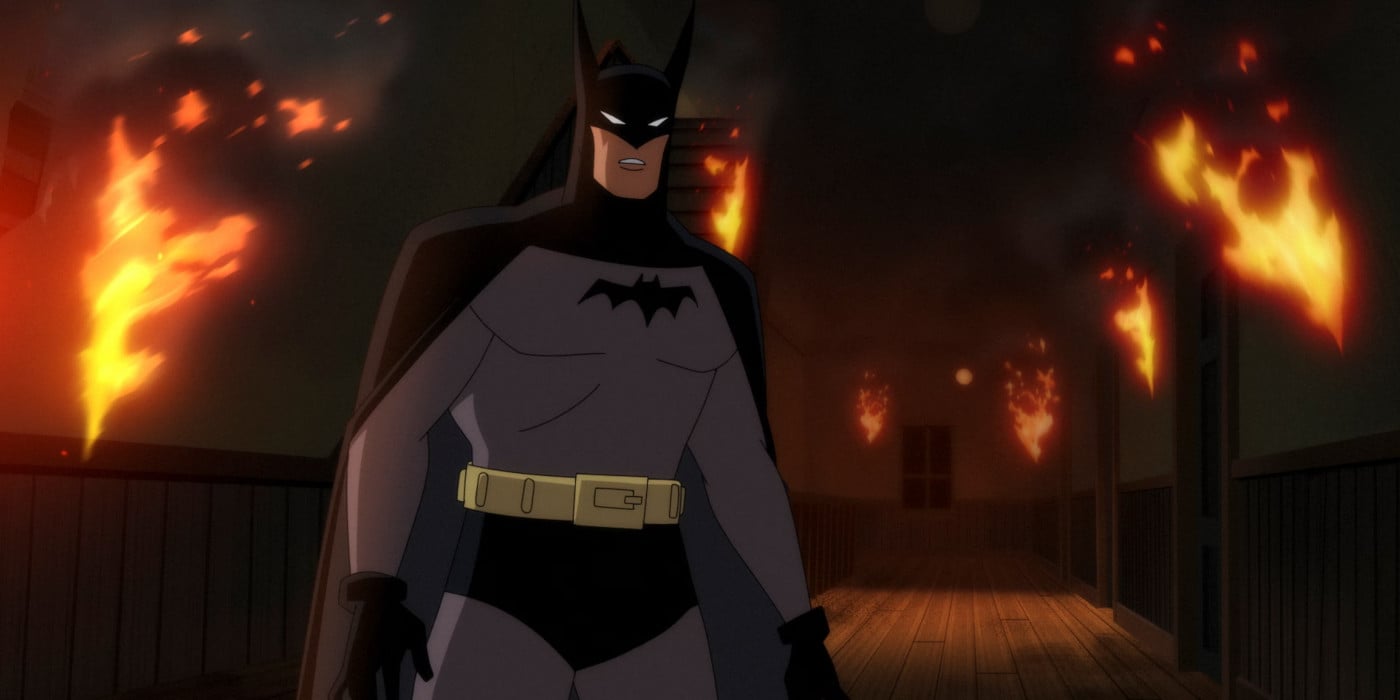The Magic: The Gathering Color Wheel Explained
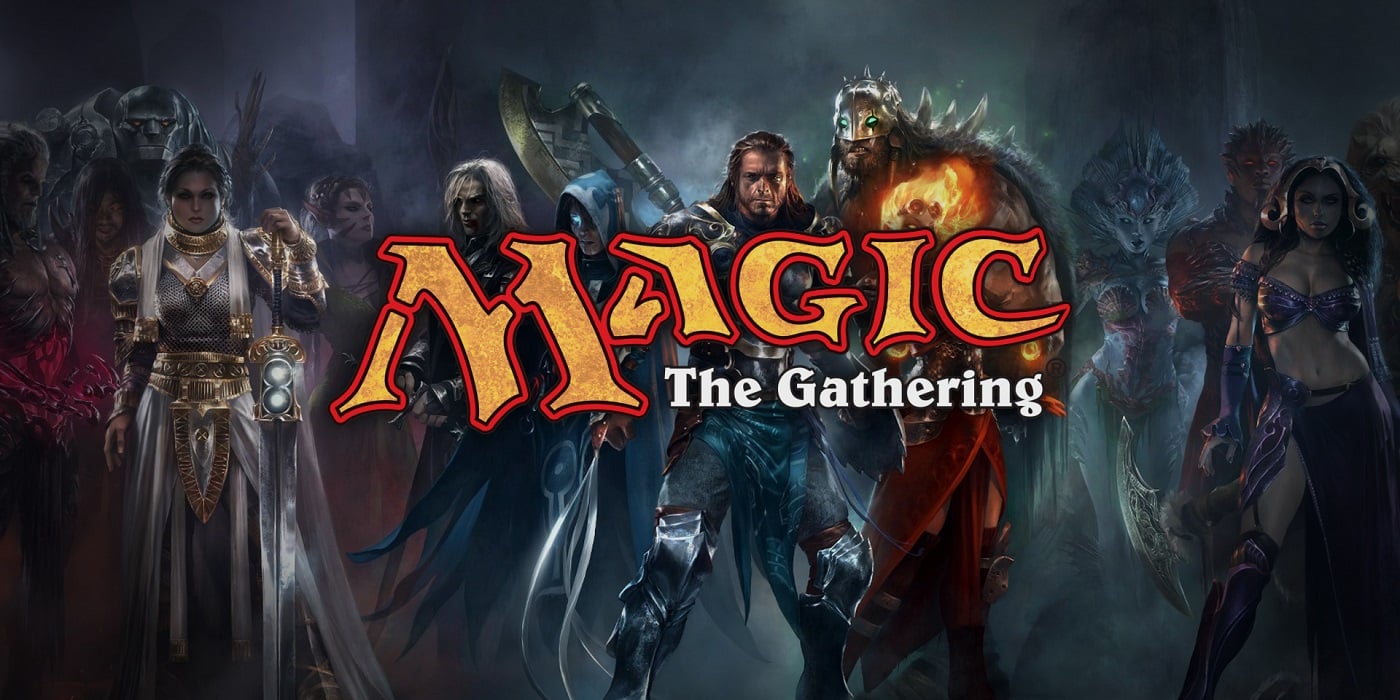
Come get a slice of the MTG Color Pie as we discuss the different color combinations in Magic: the Gathering.
Welcome in, Praetors and Planeswalkers! Magic: the Gathering is one of the greatest TCGs of all time, and it’s been around for a while. That means that not only does it have a dedicated legion of fans but also a wealth of content for players to interact with. While that’s amazing for variety, it can be a bit daunting for first-time players. While we can’t identify every single card ever printed and all their interactions, we can get the most basic pointer out of the way: the MTG Color Wheel.
The colors of Magic represent the five types of energy players can call on to fuel their spells. Each one represents an archetype, such as passion for Red or entropy for Black. However, while playing with only one color is perfectly fine, you’ll need to know how the colors interact to get the most out of the game. For that, you’ll want to know the allied and opposed colors, as well as the nicknames for all the combinations. It can be a bit daunting at first, but with this handy guide you’ll be an expert in no time.
Allied/Opposed MTG Colors
This bit is fairly simple. Allied colors are MTG colors that appear next to each other on the color pentagon. They usually have similar playstyles, so they play well together in decks. For example, White, which sits at the top of the MTG Color Wheel, is allied with Green and Blue.
On the other hand, the opposed MTG Colors sit at the opposite end of the pentagon. So, if we’re going with White again, the opposing colors would be Red and Black. These colors don’t play the same as each other, but that doesn’t make them weak. Rather, an opposed color can cover the weaknesses of the colors at the opposite end. Plus, some of the strongest decks are made up of opposed colors (looking at you, Green/Blue and Red/White).
*FOR THE SAKE OF BREVITY, WE’LL USE THE FOLLOWING ABBREVIATIONS:
GREEN – G, BLUE – U, WHITE – W, BLACK – B, RED – R*
Two MtG Color Combinations
The most basic combinations combine two colors, either allied or opposed, to create a deck. They are each nicknamed after one of the guilds from Ravnica, which follow the color pairs.
- Azorius (UW) is the “stax” color combo, aptly named for the bureaucratic oligarchs of Ravnica’s Azorius Chancery. It usually utilizes spells that counter your opponents or shut down their creatures.
- Boros (RW) gets its name from the organized military of the Boros Legion. It focuses on dishing out damage while also keeping your life total high. Many Voltron decks fall into Boros.
- Dimir (UB) is the color combination of secrets and subterfuge. This combo is all about hand control, thinning out your opponent’s cards, and drawing into your own answers.
- Golgari (BG) combines nature and death colors into rot and rebirth. This color combo is all about using your creatures as a resource and then bringing them back.
- Gruul (RG) avoids terms like “strategy” and “plans” in favor of some good old-fashioned smashing. Your opponents won’t know what hit them when a massive Beast suddenly connects with their face for 50+ damage.
- Izzet (UR) is the SCIENCE combination and is all about cantrips. You’ll fire off spell after spell, gain card advantage, and outpace your opponents quickly.
- Orzhov (BW) is all about aristocracy. You spend life and creatures, then gain them all back while draining your opponent.
- Rakdos (BR) is all about destruction—yours and your opponent’s. You’ll be killing off your own creatures, spending your own life, and basically causing a riot at every turn. That’s okay, though: the payoffs for sacrifice are many in the Cult of Rakdos.
- Selesnya (GW) is a peaceful cohort, and they enforce this peace with hordes of tiny creatures. You might not overpower your opponent, but you’ll certainly outnumber them.
- Simic (GU) is another science legion, but this one is more about biomancy. Your creatures might not start big, but I assure you: they’ll be massive before long.
Three Color Combinations
As the name suggests, these decks combine three colors, augmenting the strengths of each. They get their names from two things: the Shards from Alara and the Wedges for the clans of Tarkir.
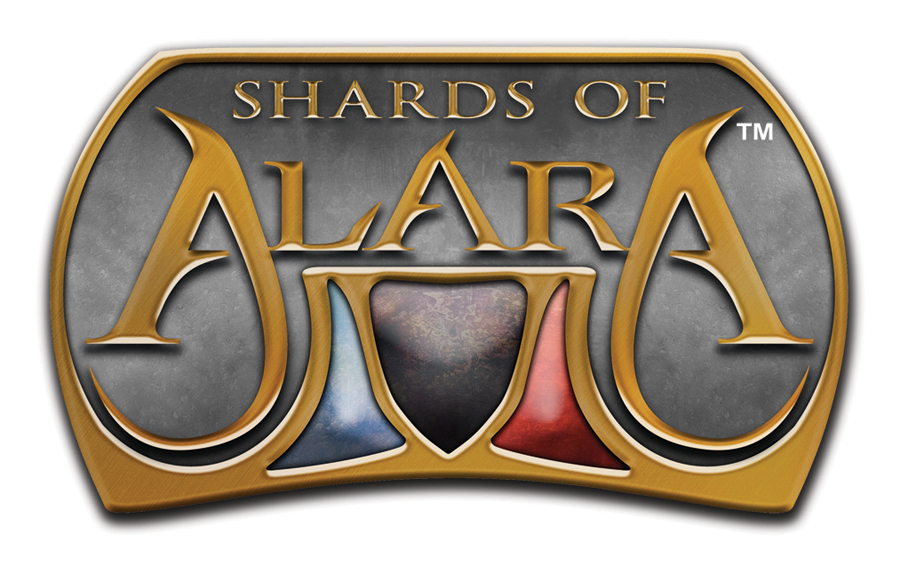
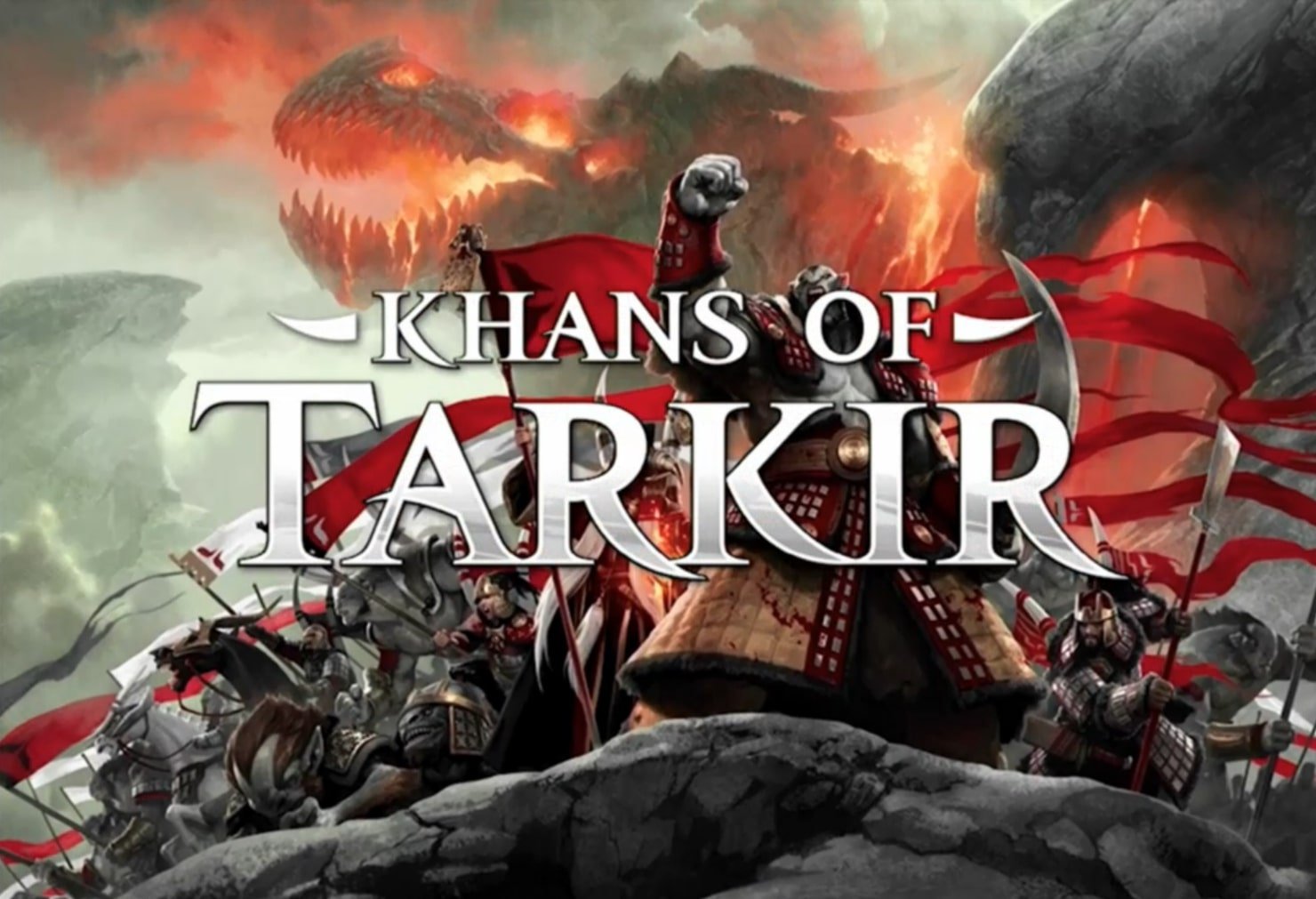
- Abzan (Wedge, GBW) is a combination of the three life and death colors. It has all the strength of Orzhov’s life gain with the token potential of Selsnya and the death payoff of Golgari.
- Bant (Shard, UWG) combines the battle and control colors into a beautiful package. You’ll find Knights, Angels, and other “righteous” creatures here. This is also the signature color for “Exalted”, letting you build up one creature for glory with the support of all your others.
- Esper (Shard, UWB) brings together the primary control colors into the artificer’s dream. Here you’ll find a wealth of colored artifacts, drain effects, and stax for days. Don’t expect to make many friends with this combo.
- Grixis (Shard, URB) is the shard of death and evil. This is the colors of Nicol Bolas, and many of MTG’s nastiest villains fit into this shard (like Sauron and Davros).
- Jeskai (Wedge, RWU) is the color combination of tokens and counter. As a flip of Grixis, sometimes you’ll find the heroes here (like Eowyn), but you’ll also say the new EDH darling, Energy.
- Jund (Shard, GRB) is the land of destruction, where only the strong survive. Dragons, Barbarians, and Shamans reign here, and you can “Devour” your own creatures to make your new ones stronger.
- Mardu (Wedge, RWB) is the color of the horde! These decks generate an army of creatures, then buff them with board-wide effects, equipment, and general shenanigans. Once a Mardu deck gets rolling, it’s hard to stop.
- Naya (Shard, RWG) is where you go to find the biggest beasties. This takes all the ferocity of Gruul and cranks it up to eleven, shelling out more creatures than you can shake a stick it. They do the same thing Mardu does, but where Mardu goes wide, Naya goes tall.
- Sultai (Wedge, UBG) is the rot wedge, where everything goes to fester. Lots of graveyard shenanigans, self-mill, and empty deck wincons make their way into these decks.
- Temur (Wedge, RUG) is another Dragon-centered color slice. It features many fun combat tricks and big-brain plays.
Four Color Combinations
These combinations are rare, as they tend to be a bit clunky, but they do exist. They’re named for the Nephilim, a series of five creatures that appeared in the second Ravnica set, Guildpact.
- Dune-Brood is all the colors except Blue. It relies on heavy creature hits and big damage over spellcraft.
- Glint-Eye gives up White. You’ll usually find a lot of Cascade and rotating spell tricks here.
- Ink-Treader removes Black from the pie. This is a lot of life gain, fast creatures, and zippy spells to end the game fast.
- Witch-Maw excludes Red, focusing on the more reserved colors. This is sometimes referred to as the “Phyrexian” color combo since it matches up with Atraxa, their nastiest Command piece.
- Yore-Tiller does away with Green. This is the haven for artifacts, colored or otherwise, and makes use of spells over creatures in most cases.
Which color combo is your favorite?

